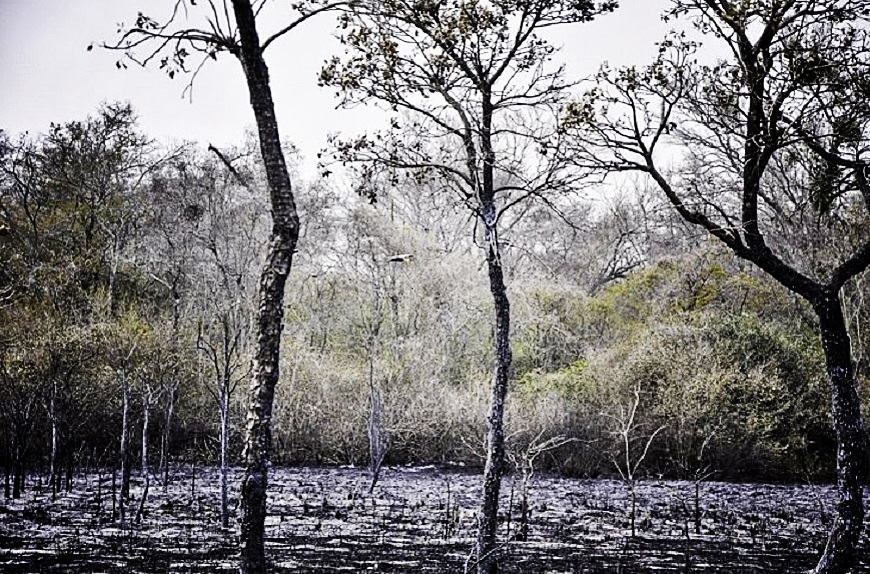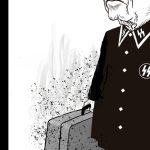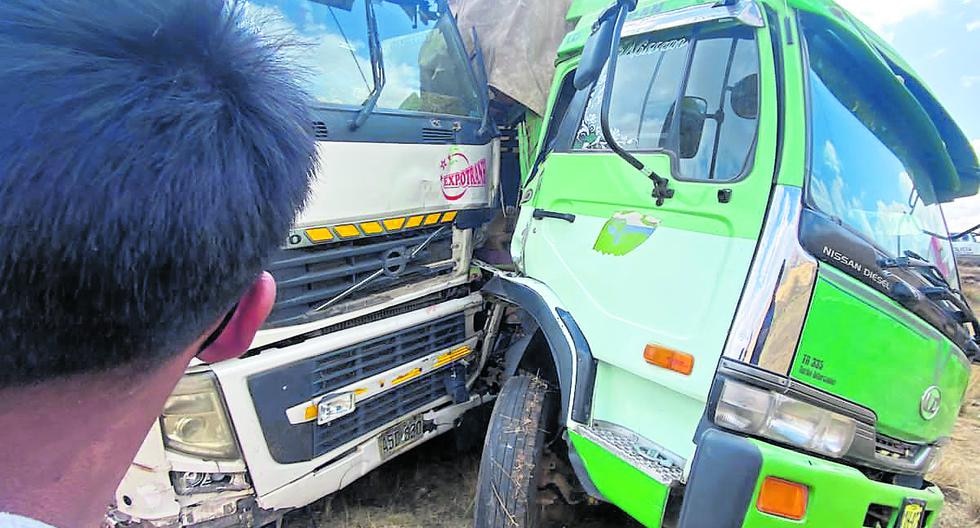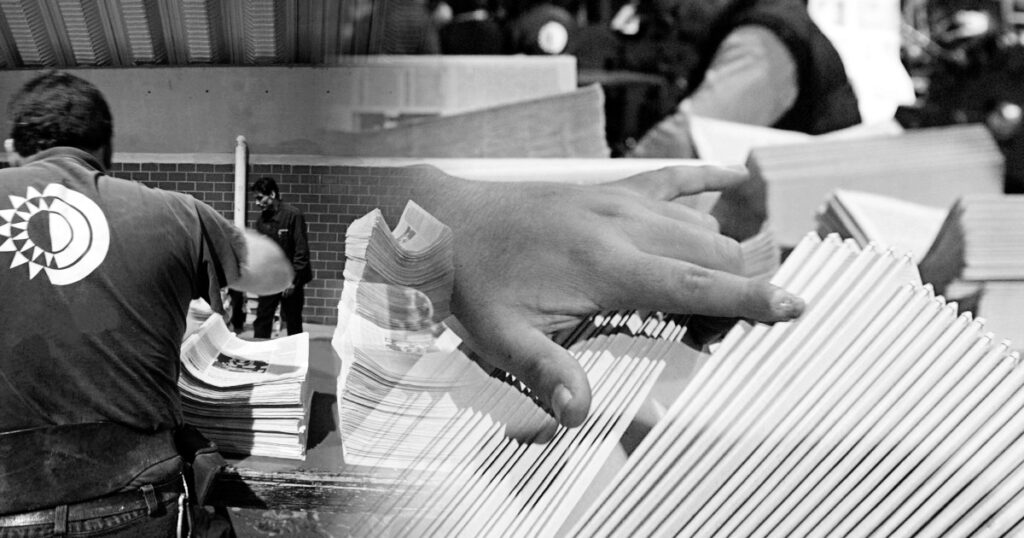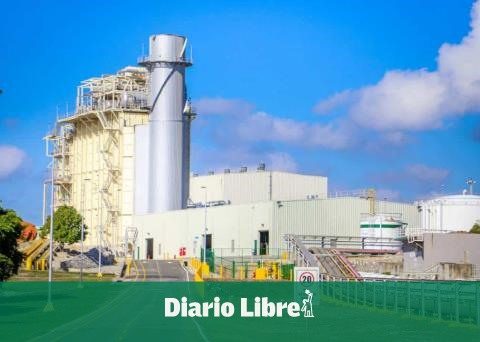By Juan Riveros
Official data from the Geomatics Directorate of the Ministry of the Environment reports that during the month of August, some 48 heat sources were detected in 4 protected wild areas.
The Wild Protected Areas affected were the Cerrado del Río Apa, Gran Chaco, Lago Ypoa and Mbaracayú.
It is worth mentioning that each year, these protected areas are consumed by fire, affecting several hectares, thus putting all biodiversity at risk.
In this sense, the Ministry of the Environment and Sustainable Development (MADES), each year is in charge of carrying out campaigns with the aim of raising awareness among people about the serious effects of fire on the ecosystem. One of the responsible agencies is the Wildlife Department, which warned about the risks that are triggered by the fires generated for the ecosystems.
It is important to highlight that a forest fire affects the entire ecosystem, the soil, the microorganisms, the flora and the fauna. “It not only involves the burning of a tree, a plant or an animal,” they indicate from the Mades.
In this regard, it should be noted that these individuals play a specific role in the environment and the impact occurs at the ecosystem level. In recent days, several animals were observed trying to flee from the fires, such as the case of the Puma that entered a house in Remansito and the Karaja that sought refuge in the Fernando de la Mora area.
Normally, these animals are affected by burns or suffocation due to the high concentration of gases, without being able to escape from the flames. The most common species that are often affected are felines, monkeys, anteaters, armadillos, birds, amphibians and reptiles, as well as wasps and bees, whose honeycombs and nests are usually in trees.
PREVENTION RECOMMENDATIONS
1- In extensive crops, anticipate the construction of firebreaks between plots.
2- Do not burn in fields, pastures, or mountains.
3- In urban and peri-urban centers, do not burn sawdust or garbage.
4- Do not throw matches or lighted cigarettes on the side of roads, fields, pastures. Woods or near flammable materials.
5- Avoid smoking in fields, forests and pastures.
6- Avoid throwing or leaving glass in fields, forests or pastures.
7- Do not make fires in places close to places that contain flammable materials.
8- Before lighting a fire, check that the wind speed is not too high, and always have elements to put out the fire (fire extinguisher, water or earth).
9- If a campfire is lit, choose a site away from trees, grass and dry leaves, and once used, turn it off completely.
10- Around houses, sheds, stables, boundaries and warehouses keep the land clean and clear of bushes and other combustible materials that can burn easily, these spaces in turn will serve as firebreaks.
SANCTIONS
In Paraguay, since 2010, Law No. 4014 on “Fire Prevention and Control” has been in force, which allows controlled burning for fires in agricultural production systems, but many times, the lack of knowledge of adequate fire management techniques fire results in loss of biodiversity.
Likewise, the validity of Law 6779/21 is also recalled, which typifies the punishable act of producing fires that affect the environment and threaten the safety of people in the face of collective risk, which grants jurisdiction to the National Police under the Directorate of the Public Ministry and establishes sanctions in its second article on the production of fires.
In this regard, it is stipulated that whoever carried out the act through negligent conduct will be punished with imprisonment for up to two years or a fine. Likewise, those who incinerate garbage or other waste of any kind on routes, paths or streets, watercourses or their surroundings, will be sanctioned with a fine.
